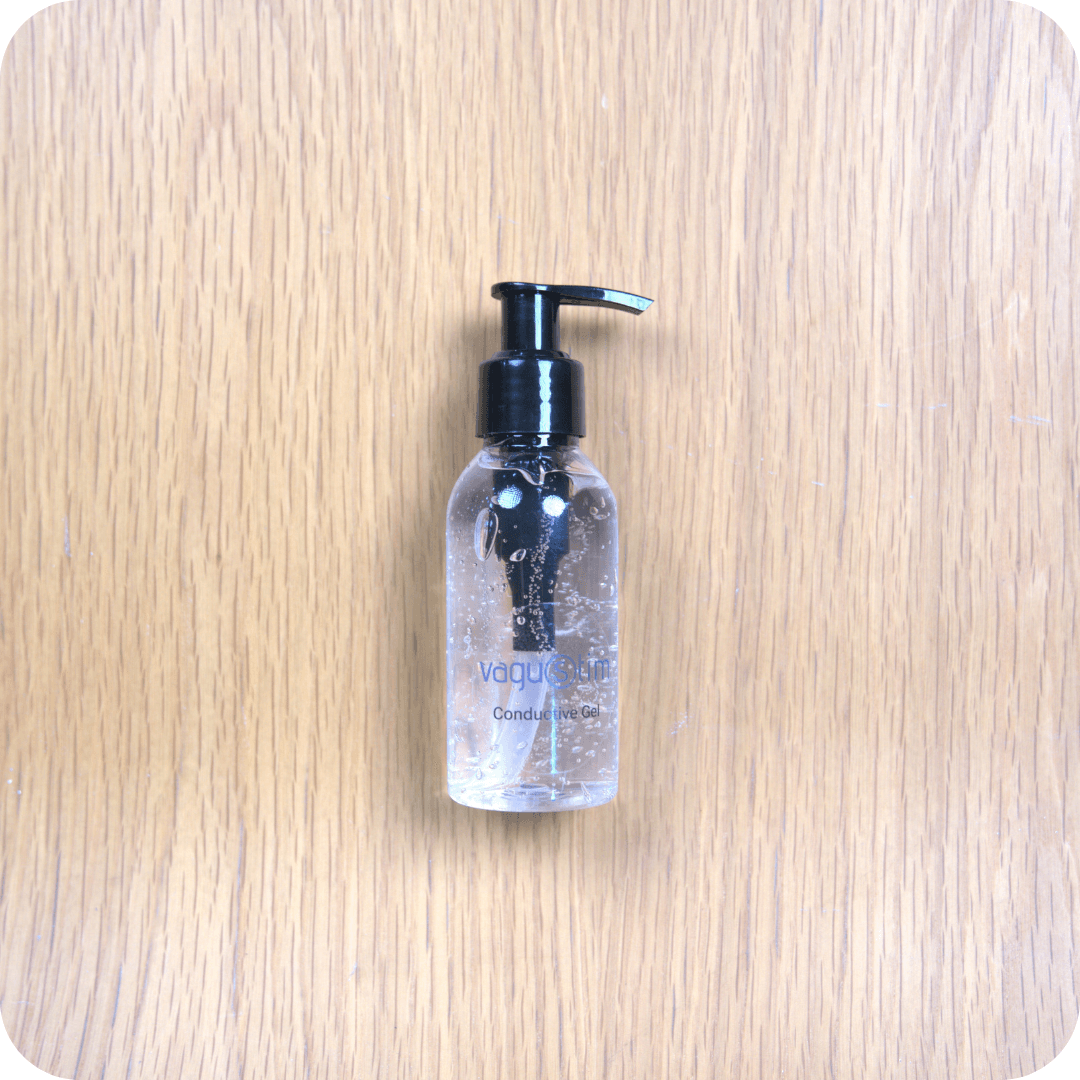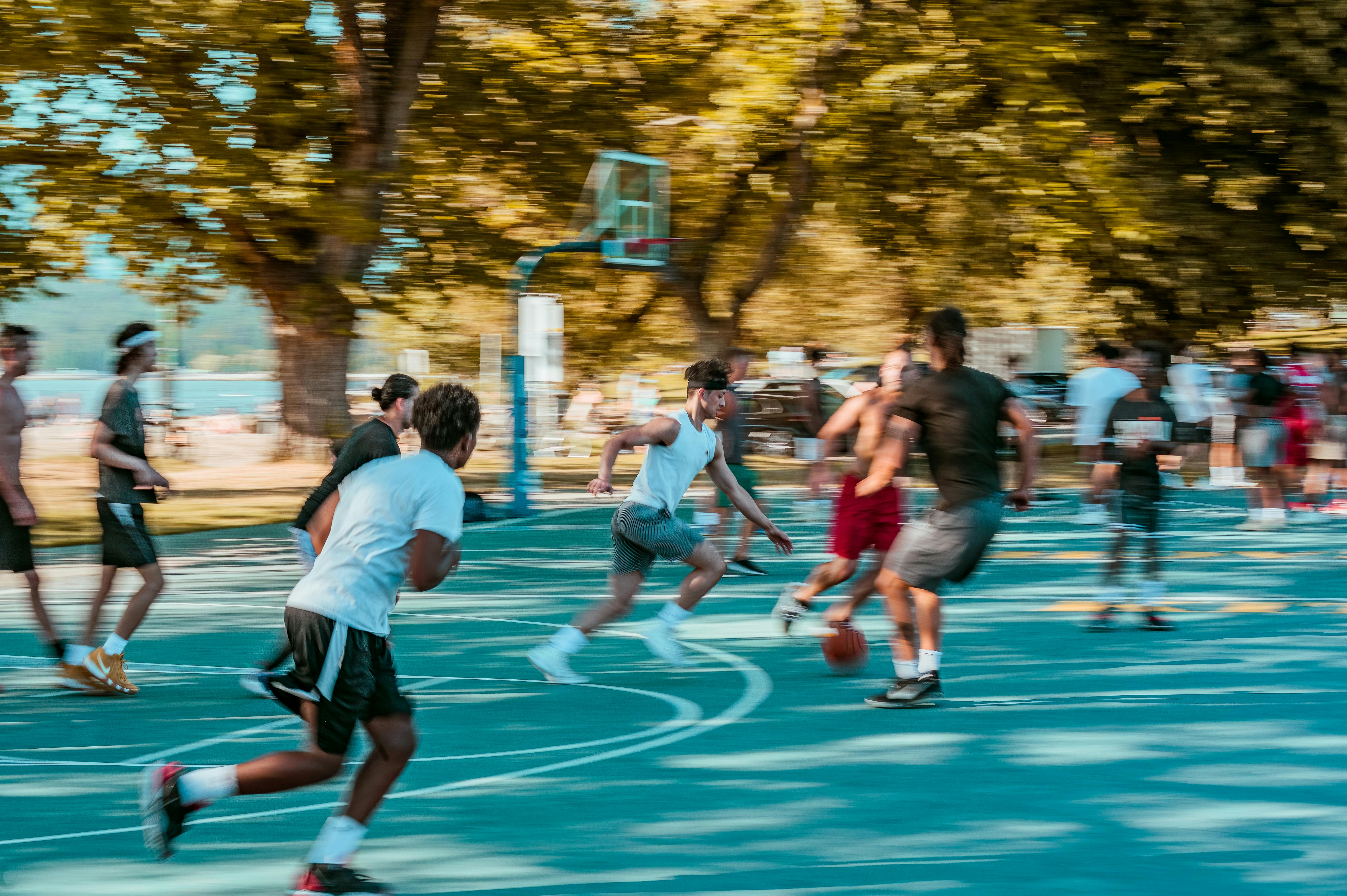Transcutaneous auricular vagus nerve stimulation (VNS) has emerged as a promising non-invasive technique impacting various physiological processes. A recent study conducted by Hatik et al. (2023) investigated the potential benefits of VNS on recovery, fatigue, and sportive performance in healthy young individuals.
VNS involves the application of electrical stimulation to the auricular branch of the vagus nerve via earpieces placed on the skin. This technique activates the vagus nerve, a key regulator of the autonomic nervous system, potentially resulting in increased parasympathetic activity, decreased sympathetic activity, and supporting physiological balance. While the precise mechanisms behind VNS remain under exploration, its influence likely involves influencing the body’s natural balance systems associated with perception, stress response, and supporting the body’s natural response mechanisms.
Investigating VNS Effects on Cycling Performance and Recovery
The study by Hatik et al. recruited 90 participants randomly assigned to three groups: bilateral sham, unilateral left, and bilateral VNS. Over a 4-day protocol, participants engaged in cycling exercises, aiming for maximum performance sustained for 30 minutes under the same watt load. Evaluations encompassed pulse, blood pressure, distance covered, pain perception, fatigue levels, lactic acid levels, and autonomic nervous system responses.
Enhanced Cycling Performance and Recovery with Bilateral VNS
The results unveiled substantial advantages linked with bilateral VNS compared to sham and unilateral left groups. Individuals receiving bilateral VNS exhibited marked enhancements in cycling performance and recovery, evident through improved distance coverage, reduced fatigue levels, and decreased lactic acid concentrations.
Implications for Sports Performance Enhancement
This study suggests that transcutaneous auricular VNS holds potential for supporting physical endurance and recovery in young, healthy individuals. The findings propose a non-invasive method that could positively impact athletes’ exercise and wellness routines. Nevertheless, the researchers highlight the necessity for further investigation to confirm these observations and unravel the underlying mechanisms responsible for VNS’s effects on sports performance.
Potential of VNS in Optimizing Athletic Performance
The implications of this research extend beyond its immediate findings, potentially paving the way for the utilization of VNS as a safe and non-invasive tool to support active lifestyles and recovery strategies. Nonetheless, additional studies are imperative to deepen our understanding of the nuanced mechanisms driving VNS’s effects in the realm of sports performance.
In conclusion, the study by Hatik et al. contributes valuable insights into the potential advantages of transcutaneous auricular VNS for enhancing cycling performance and recovery in healthy young individuals, signaling a promising avenue for further exploration in sports science and athletic performance optimization.
References:
, , , & (2023). The effect of transcutaneous auricular vagus nerve stimulation on cycling ergometry and recovery in healthy young individuals. Brain and Behavior, 00, e3332. https://doi.org/10.1002/brb3.3332




